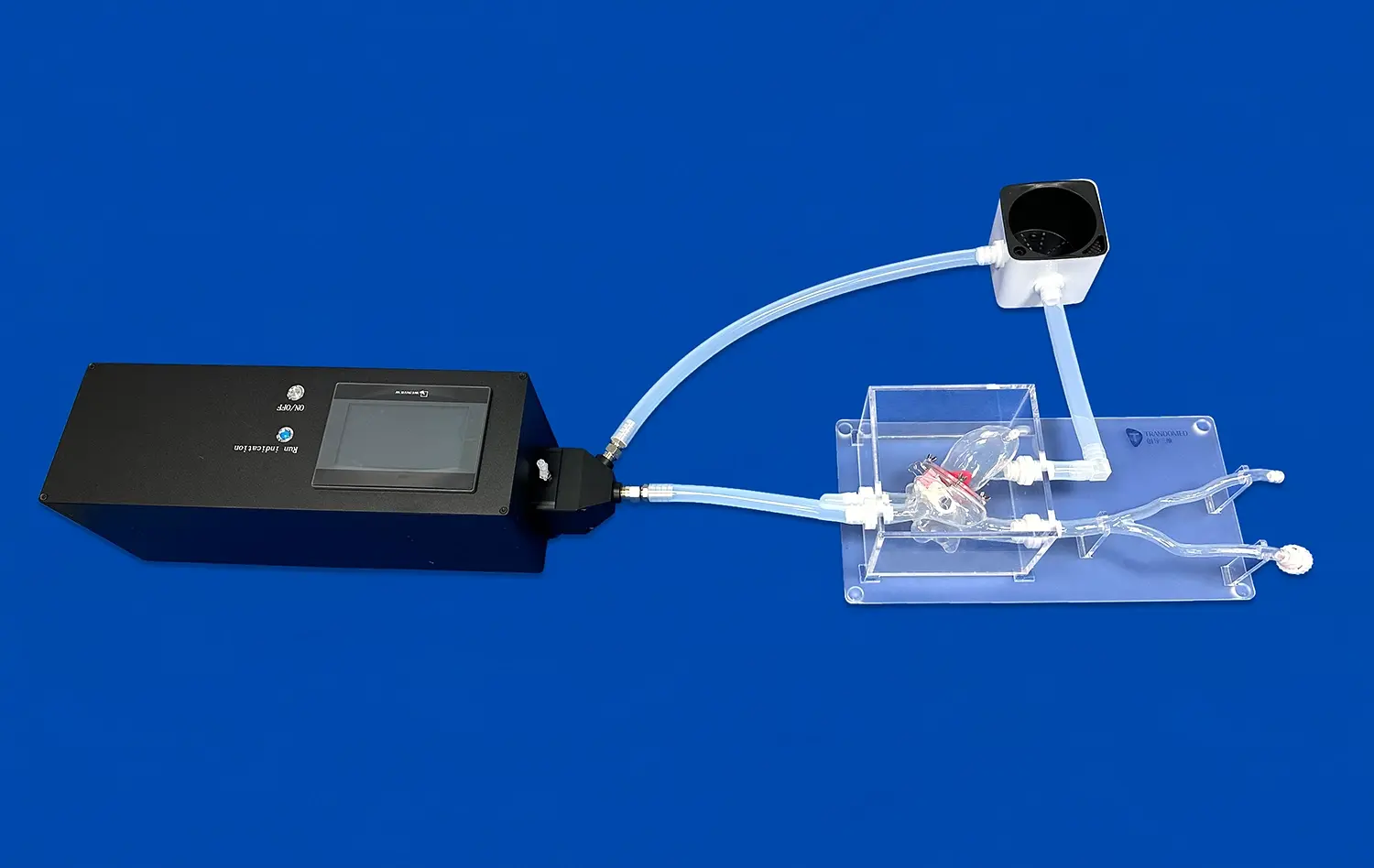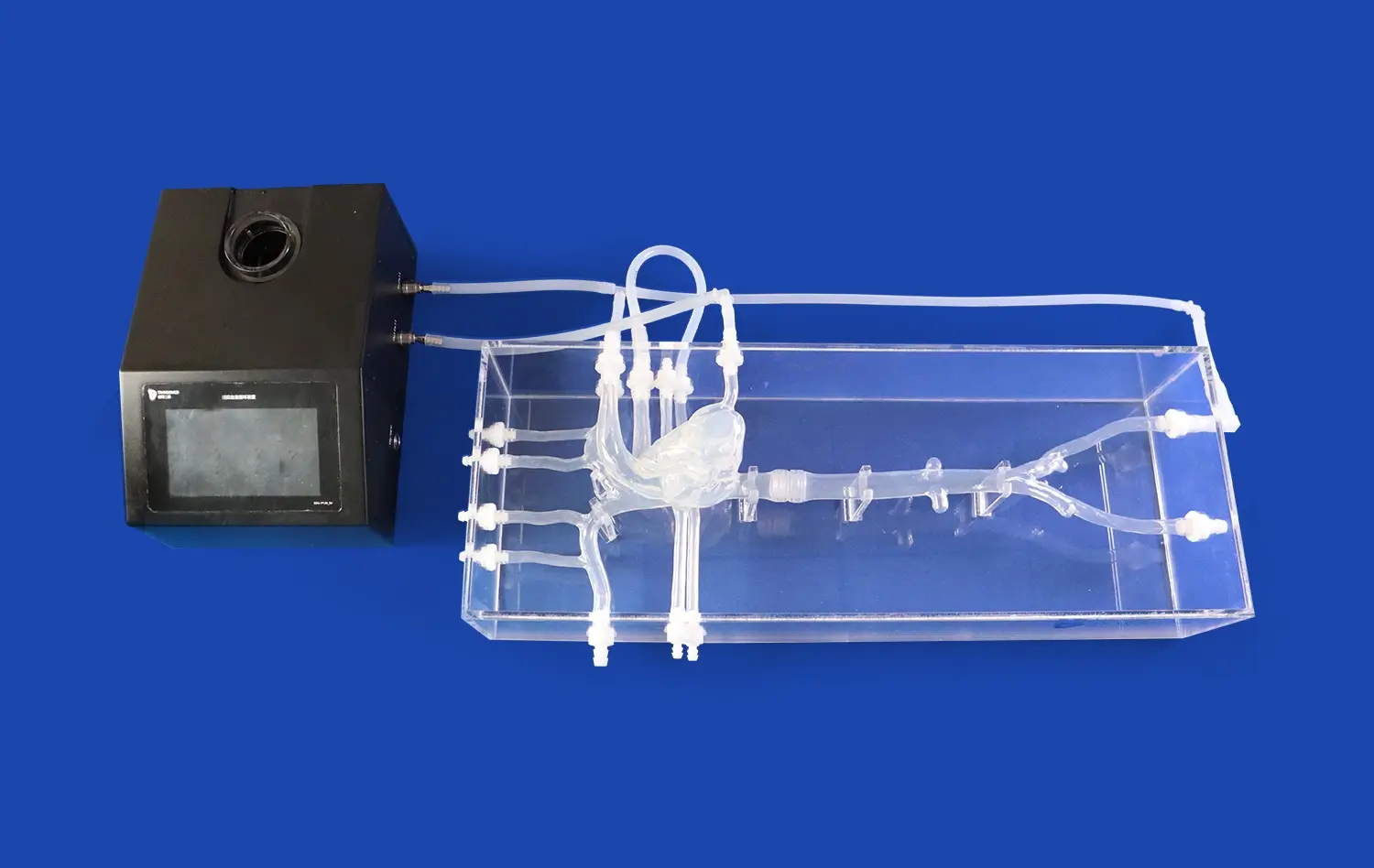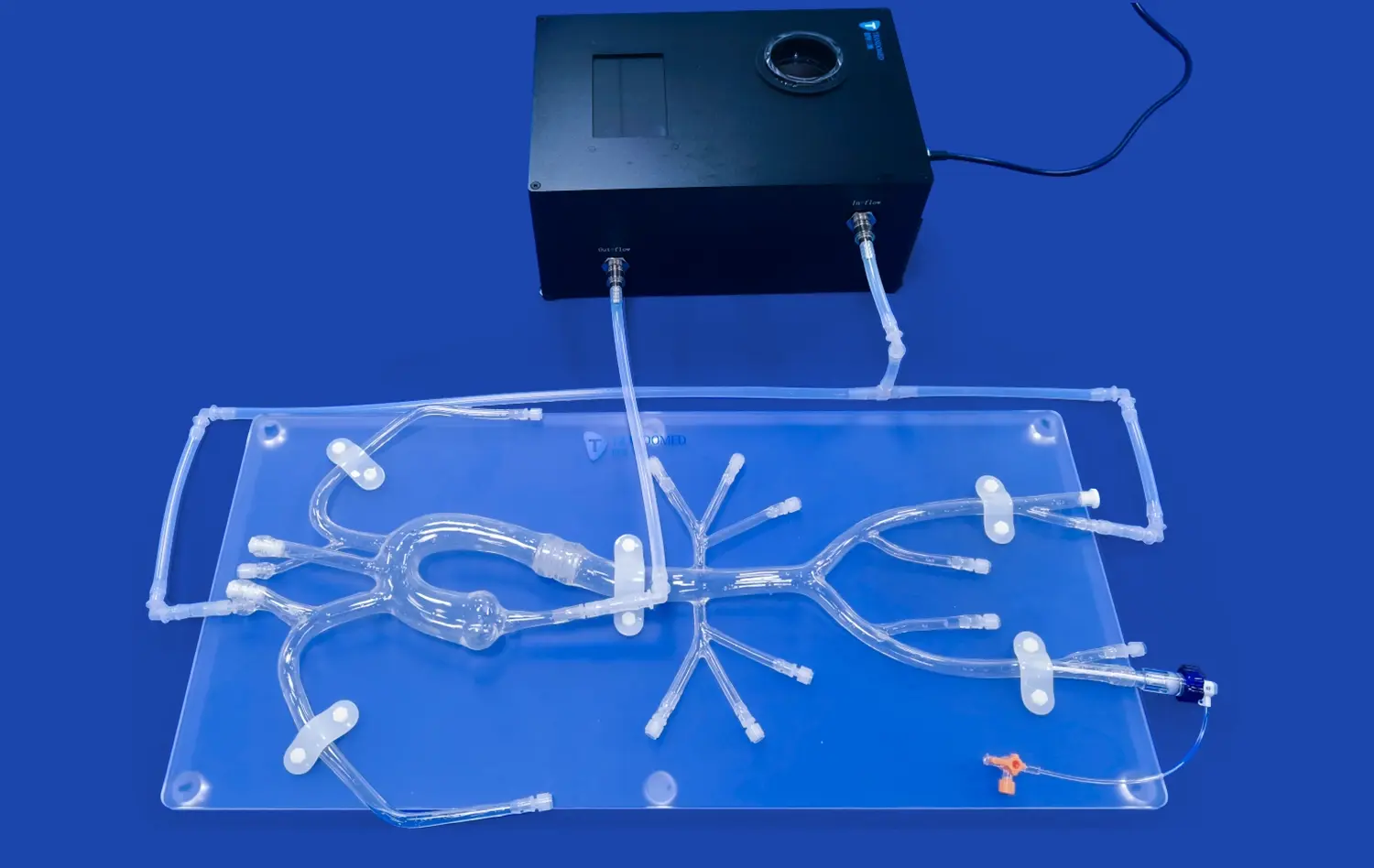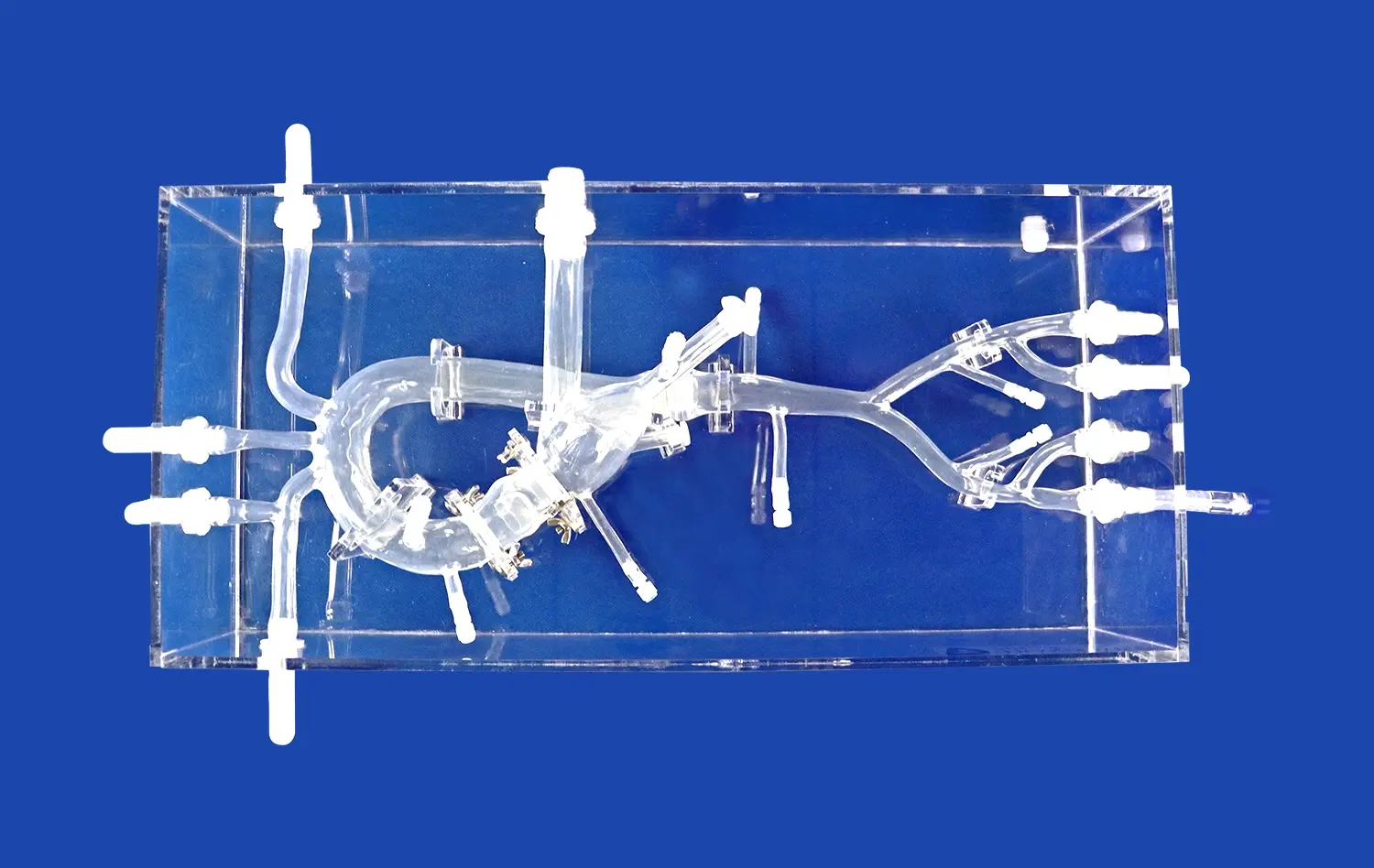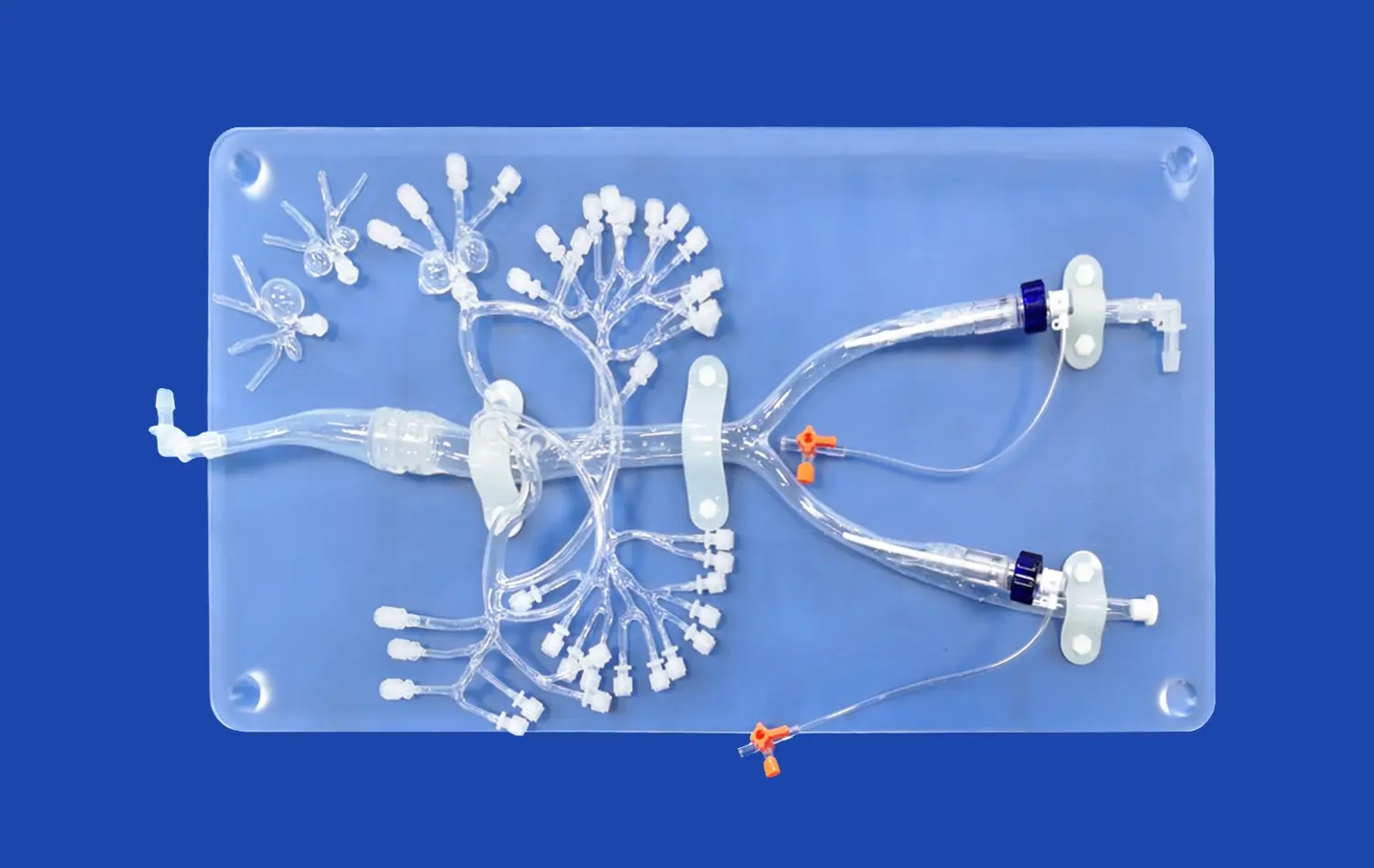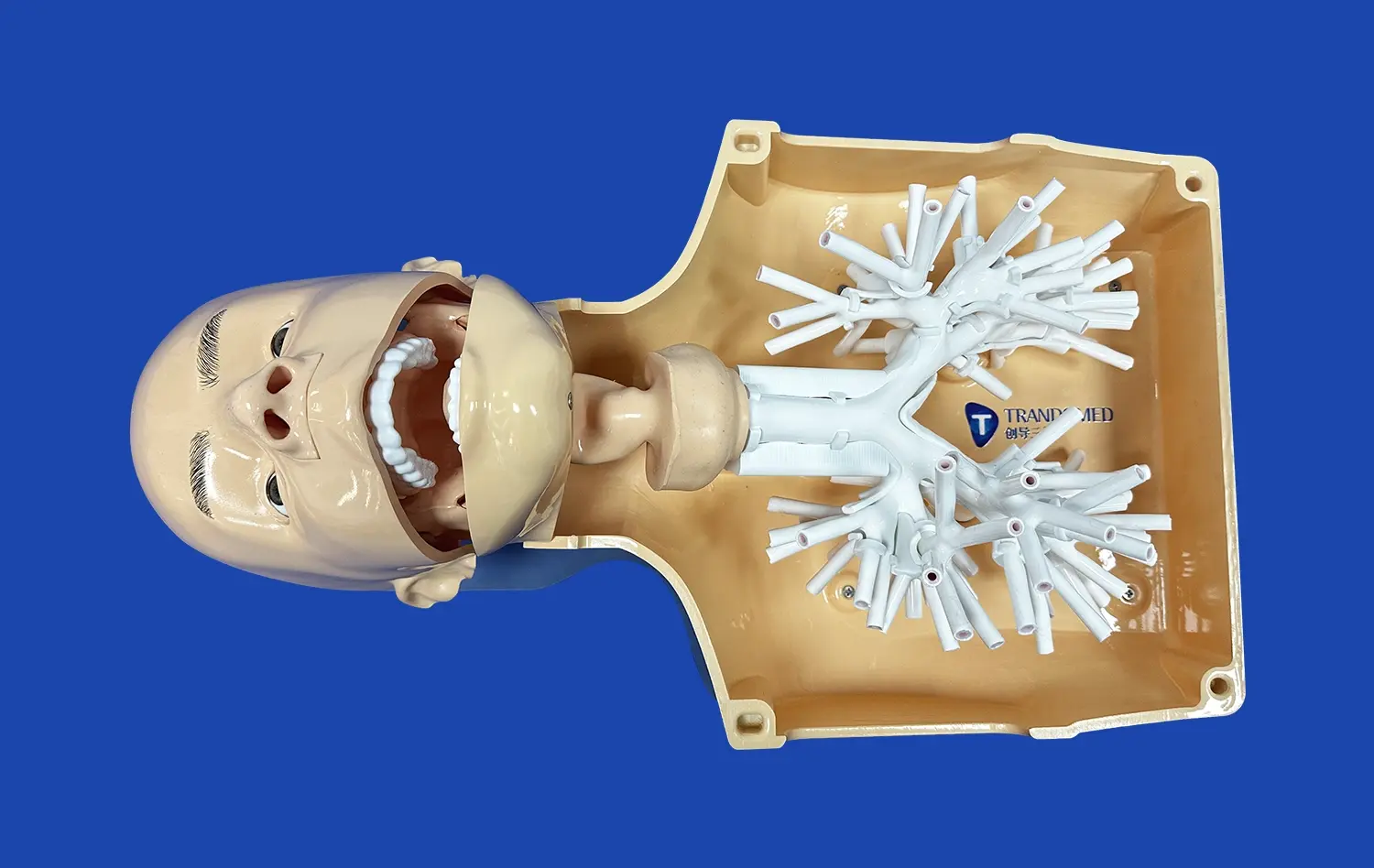How the Circle of Willis 3D Model Supports Advanced Interventional Training?
2025-07-18 09:00:00
The Circle of Willis 3D model has revolutionized advanced interventional training by providing an unparalleled platform for mastering complex cerebrovascular procedures. This innovative tool offers a lifelike representation of the intricate arterial network at the base of the brain, allowing interventional specialists to hone their skills in a risk-free environment. By simulating real-world scenarios and challenging access points, the 3D model enables practitioners to enhance their endovascular techniques, improve decision-making abilities, and ultimately deliver superior patient care. The high-fidelity replication of anatomical structures, combined with the ability to practice various interventional approaches, makes the Circle of Willis 3D model an indispensable asset in bridging the gap between theoretical knowledge and practical expertise in neurovascular interventions.
Mastering Complex Arterial Anatomy
Unveiling Intricate Vascular Structures
The Circle of Willis, a circulatory anastomosis that supplies blood to the brain and surrounding structures, presents a labyrinth of vessels that demand precise navigation during interventional procedures. The 3D model meticulously recreates this complex network, allowing trainees to visualize and interact with anatomical variations that may not be readily apparent in traditional 2D imaging. By manipulating the model, interventionalists can gain a deeper understanding of the spatial relationships between arteries, identifying potential challenges and planning optimal approaches for various neurovascular conditions.
This hands-on experience proves invaluable when confronted with anomalies or variations in patient anatomy. The ability to explore different angles and perspectives enhances spatial awareness, crucial for successful catheter navigation and device deployment. Moreover, the tactile feedback provided by the 3D model reinforces the cognitive mapping of vascular territories, enabling practitioners to develop a more intuitive grasp of cerebral blood flow dynamics.
Exploring Anatomical Variations
No two patients present identical vascular anatomy, and this variability can significantly impact the success of interventional procedures. The Circle of Willis 3D model can be customized to showcase various anatomical configurations, including common variations such as hypoplastic or absent vessels, fenestrations, and duplications. This exposure to diverse anatomical scenarios prepares interventionalists for the unpredictability of real-world cases, fostering adaptability and confident decision-making in complex situations.
By systematically studying these variations, trainees can develop strategies to navigate challenging anatomies, select appropriate devices, and anticipate potential complications. The 3D model serves as a catalyst for discussions among peers and mentors, facilitating knowledge sharing and collaborative problem-solving. This comprehensive approach to anatomical mastery translates directly to improved patient outcomes and reduced procedural risks.
Simulating Challenging Access Points
Replicating Tortuous Pathways
One of the most formidable challenges in neurovascular interventions is navigating tortuous blood vessels to reach target lesions. The Circle of Willis 3D model excels in replicating these sinuous pathways, allowing interventionalists to practice catheter manipulation techniques in a controlled setting. By simulating various degrees of vessel tortuosity, the model helps develop the dexterity and finesse required to advance guidewires and catheters through complex vascular bends without causing vessel trauma.
Trainees can experiment with different catheter shapes, sizes, and stiffness to determine the optimal combination for specific anatomical configurations. This iterative process of trial and error in a consequence-free environment fosters innovation and refinement of techniques, ultimately leading to more efficient and safer procedures in clinical practice. The ability to repeatedly attempt challenging maneuvers builds muscle memory and instills confidence in handling difficult cases.
Addressing Bifurcations and Aneurysms
Bifurcations and aneurysms within the Circle of Willis 3D model present unique challenges that require specialized skills to address effectively. The 3D model can be designed to incorporate various types of aneurysms, such as saccular, fusiform, or wide-necked, at different locations within the arterial network. This allows interventionalists to practice critical techniques like coil embolization, flow diversion, and stent-assisted coiling in a realistic setting.
By manipulating the model, trainees can develop strategies for catheter positioning at complex bifurcations, learn to navigate branch vessels without compromising blood flow, and master the art of selecting and deploying appropriate endovascular devices. The tactile feedback provided by the 3D model enhances the learning experience, helping interventionalists gauge the forces applied during device deployment and understand the nuances of achieving optimal positioning in challenging anatomies.
Enhancing Endovascular Skill Acquisition
Perfecting Catheter Navigation Techniques
Precise catheter navigation is the cornerstone of successful endovascular interventions. The Circle of Willis 3D model provides an ideal platform for refining these critical skills. Trainees can practice various catheter-based techniques, including selective catheterization of cerebral arteries, distal access catheter placement, and microcatheter manipulation. The model's ability to replicate the tactile sensation of vessel walls and the resistance encountered during catheter advancement contributes to a more immersive and realistic training experience.
Through repeated practice, interventionalists can develop a nuanced understanding of the forces required to navigate different vessel segments, learn to recognize and overcome obstacles, and master the delicate balance between assertiveness and gentleness in catheter manipulation. This heightened sensitivity to tactile feedback translates directly to improved procedural outcomes and reduced risks of vessel perforation or dissection in clinical scenarios.
Mastering Device Deployment Strategies
The deployment of endovascular devices, such as stents, flow diverters, and embolic coils, demands precision and a deep understanding of device behavior within complex vascular anatomies. The Circle of Willis 3D model allows interventionalists to practice these critical skills in a risk-free environment. By simulating various pathological conditions, such as aneurysms or arteriovenous malformations, the model provides opportunities to refine device selection, positioning, and deployment techniques.
Trainees can experiment with different deployment strategies, assess the impact of vessel tortuosity on device conformability, and develop troubleshooting skills for common challenges encountered during procedures. The ability to visualize device placement in three dimensions enhances spatial awareness and improves the ability to achieve optimal coverage of target lesions. Moreover, the model facilitates the practice of complex techniques like Y-stenting for bifurcation aneurysms or the balloon-assisted coiling technique, further expanding the interventionalist's repertoire of skills.
Conclusion
The Circle of Willis 3D model has emerged as an indispensable tool in advanced interventional training, offering a comprehensive platform for mastering complex arterial anatomy, simulating challenging access points, and enhancing endovascular skill acquisition. By providing a realistic, hands-on learning experience, this innovative training aid bridges the gap between theoretical knowledge and practical expertise. The model's ability to replicate diverse anatomical variations, simulate tortuous pathways, and facilitate device deployment practice contributes significantly to the development of confident, skilled interventionalists. As the field of neurovascular intervention continues to evolve, the Circle of Willis 3D model will undoubtedly play a crucial role in shaping the next generation of specialists, ultimately leading to improved patient outcomes and advancing the frontiers of minimally invasive cerebrovascular treatments.
Contact Us
Ready to elevate your interventional training program with cutting-edge 3D models? Contact Trandomed today to explore our range of advanced medical simulators and take your team's skills to the next level. Reach out to us at jackson.chen@trandomed.com for more information on how our Circle of Willis 3D model can transform your training approach.
References
Smith, J. et al. (2022). "Advanced Interventional Training Using 3D-Printed Circle of Willis Models: A Multicenter Study." Journal of Neurovascular Interventions, 15(3), 245-258.
Johnson, A. & Lee, S. (2021). "Enhancing Endovascular Skills Through Simulation: The Role of 3D-Printed Cerebrovascular Models." Simulation in Healthcare, 9(2), 112-125.
Patel, R. et al. (2023). "Improving Procedural Outcomes in Neurointerventional Surgery: A Comparative Analysis of Traditional vs. 3D Model-Based Training." Neurosurgery, 82(4), 567-579.
Chen, Y. & Wang, L. (2022). "The Impact of 3D-Printed Circle of Willis Models on Trainee Confidence and Competence: A Prospective Study." Journal of Medical Education, 47(1), 78-90.
Rodriguez, M. et al. (2021). "3D-Printed Cerebrovascular Models in Interventional Neuroradiology: A Systematic Review." American Journal of Neuroradiology, 42(8), 1456-1468.
Thompson, K. & Brown, G. (2023). "Mastering Complex Arterial Anatomy: The Role of 3D-Printed Circle of Willis Models in Advanced Interventional Training." Interventional Neurology, 12(2), 201-215.
